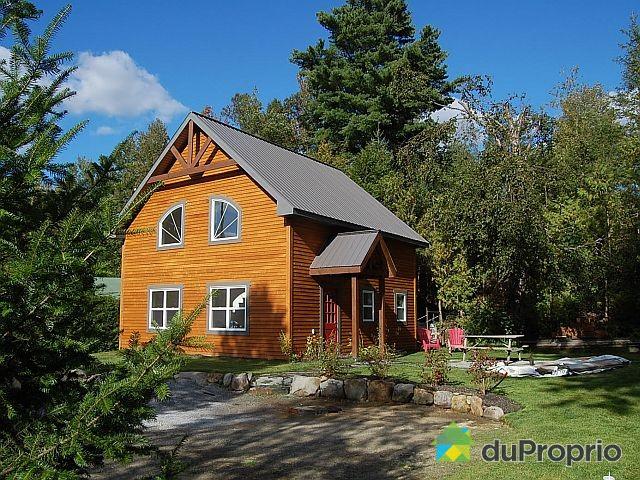BURY
Part TWO
Heraldic Authority of Canada
The Canadian Heraldic Authority is responsible for the creation of new coats of arms, flags and badges for Canadian citizens and Canadian organizations. Learn more about heraldry and its role in today's Canada. Learn how armorial bearings are designed and granted, and see examples of the work of the Canadian Heraldic Authority.
The community also runs on various facets of life in society. Schools are created, many community organizations are emerging. Also the religious life is structured around the turn of the nineteenth century. In the Township of Bury,no fewer than seven churches of denominations various including those of Anglican, Methodist and Catholic confession.
Wealth from diverse cultural backgrounds as well as the abundance of wood will permit the construction of the magnificent architectural heritage that we can still admire in Bury. These beautiful homes of yesteryear record the growth of this community. Admire the scarcity of architectural styles running some by walking the streets of this town.
Bury Canterbury and
the British American Land
the British American Land
The BALCO had much to do with the regulation and improvement from Compton County, which is now the canton of Bury. This company had its headquarters in Sherbrooke. In 1820, there was a settlement company land in Upper Canada requested Canada Company which was so successful that a similar project was planned for Lower Canada.
Bury Canada Day July 1
Government British gave BALCO tract of land from the Crown and Company sold shares to acquire more land.In 1833, the Company was able to report that they had acquired the Crown reserves and other lands in the Eastern Townships and were ready to build roads, bridges, etc., for institutions to following spring.
When organizing the BALCO company in 1833 no settlement has been made in the county east of Eaton. In fact, no bridge crosses the Eaton River with access to the eastern part to a Cookshire was built in 1834 by this company.
Government British gave BALCO tract of land from the Crown and Company sold shares to acquire more land.In 1833, the Company was able to report that they had acquired the Crown reserves and other lands in the Eastern Townships and were ready to build roads, bridges, etc., for institutions to following spring.
When organizing the BALCO company in 1833 no settlement has been made in the county east of Eaton. In fact, no bridge crosses the Eaton River with access to the eastern part to a Cookshire was built in 1834 by this company.
About this time, the BALCO company acquired by purchase all the lands are not sold or interviewed Bury neighborhood. In this way, they became the only township owners, through their efforts, it was first colonized. In 1835-36 the first attempt at settlement was made. At this time a path was made for Robinson VillageTaylor Farm, abouttwo and a half miles east ofCookshire;also a way to Victoria.
Victoria, one of the first model villages in Canada, was built by the Company about a mile west of Scotstown, on the Salmon River in 1836.
There were 30 houses, a saw mill, tow or three stores, and a large building used as a church, school house, and the Company Registrar Office. There were about two hundred people in the village at a time.Everything was provided; Kitchenware food, clothing and tools. A just culture was raised by some, but the land around there were poor for the next year, when the rumor started that they had to pay for all these things and farms, and they pass over, most of them left.

In a short time there was but a Dutchman named Christopher Roehart and his family. He and his older son drowned in the Salmon River (Salmon), are reported in the grave, a year later. A daughter, Elizabeth, married Alfred Mayhew in Canterbury and lived the rest of his life. Co. BALCO has not yet attempted Immigration so lavish!
They brought Scottish immigrants on the island of Lewis and Lingwick Winslow, and hundreds of families in other parts of what is now the County Compton. Much of the district of St. Francis then all under the riding of Sherbrooke.
It was around 1836 that Robinson Village was launched, built the sawmill, the store opened, and other established shops. Mr. Lemuel Pope was the leading spirit in the days and at one time owned most of the land where the village is located.
Many of these early immigrants became discouraged and went in search of other friendly neighborhoods.
Bury house for saleThe BALCO done much to open up the country and prepare the way for the settlers, encouraged by the construction of churches, building schools, building roads and bridges for their convenience. The profile BALCO balance in December 1895, showed that they had arranged 463.326 acres to settlers.
"See following third party


No comments:
Post a Comment